calsfoundation@cals.org
Mammoth Spring State Park
| Location: | Fulton County |
| Size: | 62.5 acres |
Mammoth Spring State Park preserves the state’s largest natural spring—and one of the largest in the world. Approximately nine million gallons of water flow through the spring hourly. The spectacular stream of cold water is the chief source of the Spring River, a fishing and canoeing stream that is popular year-round because of its dependable flow. The park also preserves a fully restored nineteenth-century railroad depot.
Native Americans, particularly the Osage, inhabited the Mammoth Spring area for thousands of years prior to the arrival of Europeans; unfortunately there are few archaeological sites in the area. Recorded local history dates to the early 1800s, when settlers called the spring “Head of the River.” In 1850, geologist David Dale Owen examined the spring itself, and the area became a tourist attraction. The first industry in the region was a simple wooden-wheel gristmill. While settlement was slow, a town did emerge just west of the spring, and the coming of the St. Louis–San Francisco Railway (Frisco) in 1883 launched an era of progress.
The 225-foot milldam provided power for a large flour production company, and the railroad brought tourists. A fifty-six-room resort and many cabins welcomed summer guests from St. Louis, Missouri; Memphis, Tennessee; and other places. In 1887, the town flourished after the Mammoth Spring Improvement Company constructed a dam that powered the local gristmill. Due to Mammoth Spring’s proximity to the world’s seventh-largest natural spring, one of the earliest national fish hatcheries was established there in 1903. It maintains the only captive spawning population of Gulf Coast striped bass in the world. It is also working to replenish endangered and threatened aquatic species. Fish from the hatchery are also used to stock national wildlife refuges.
Small towns developed in the area in the early twentieth century. Farmers grew cotton and corn, and raised cattle and hogs. In 1925, the Arkansas-Missouri Power Company bought rights to the dam and built a hydroelectric plant there that provided power until 1972. The Rural Electrification Act allowed residents to form the North Arkansas Electric Cooperative in 1939, which went on to serve the surrounding counties. Many residents left the area in the mid-twentieth century in search of greater economic opportunities.
Mammoth Spring was approved as a state park in 1957, but the first land was not acquired until late 1966. The abandoned Frisco railroad depot was leased to the park in 1968, and by 1975, most of the land purchases were completed.
The railroad depot was remodeled and opened for visitors in 1971. In the late 1990s, the depot received a complete restoration, with murals, memorabilia, authentic furnishings, and life-size figures that portray the train crew, station workers, and passengers from the early 1900s. Two audio-visual programs and exhibits tell the story of Mammoth Spring and the effect of the railroad on the area. A vintage Frisco caboose is parked nearby.
On March 16, 1987, the park opened the state’s tenth Arkansas Welcome Center, just off U.S. Hwy. 63 and within sight of Missouri. In addition to providing travel and tourism information, the center also houses a gift shop, exhibits, and offices.
Park facilities include a modular playground, pedal boat rentals on the lake (seasonal), a pavilion, picnic sites, a baseball field, a walking trail, and an overlook at the springhead. Camping facilities are not available.
The spring itself is more than eighty feet below the surface of a large pool. Visitors can observe the force and volume of the spring’s output at the pour-off channel, where water rushes over the boulders and down two spillways into a ten-acre lake. The walking trail circles the lake and crosses the old milldam that provided power for the flour mill and hydroelectric plant. Visitors may also tour the old power plant.
Annual events at the park include the Old Soldiers Reunion in August and the Great Arkansas Clean-Up on the Spring River in September.
For additional information:
Arkansas State Parks–Mammoth Spring. http://www.arkansasstateparks.com/mammothspring/default.aspx (accessed September 21, 2022).
Ogilvie, Craig. “Mammoth Spring State Park.” The Ozark Mountaineer 35 (February 1987): 50-51.
Staff of the Arkansas Department of Parks and Tourism
Staff of the CALS Encyclopedia of Arkansas History
 State Parks Division
State Parks Division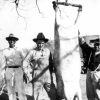 Swine Industry
Swine Industry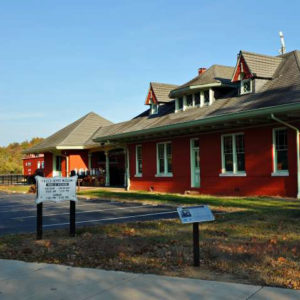 Mammoth Spring Frisco Depot
Mammoth Spring Frisco Depot 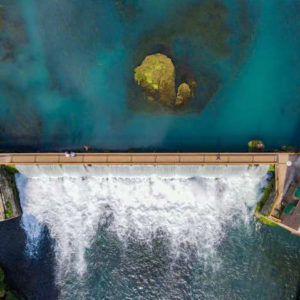 Mammoth Spring Spillway
Mammoth Spring Spillway 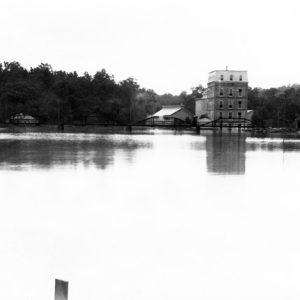 Mammoth Spring State Park
Mammoth Spring State Park 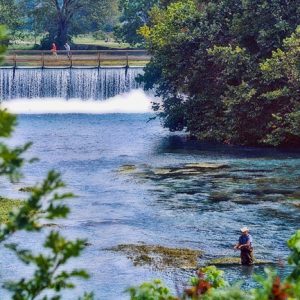 Mammoth Spring State Park
Mammoth Spring State Park 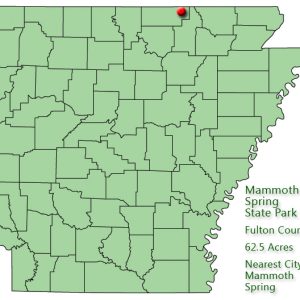 Mammoth Spring State Park: Park Location
Mammoth Spring State Park: Park Location  Mammoth Spring Visitors' Center
Mammoth Spring Visitors' Center 




I read the brass plaque a few years ago, and it was a Louis Lindley I believe who gave the rights to the U.S. government in about 1847. Where does he fit in the history? I really don’t know much, but it was a place we went in the ’50s. Priceless.